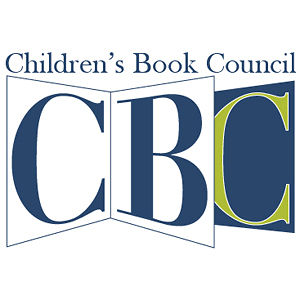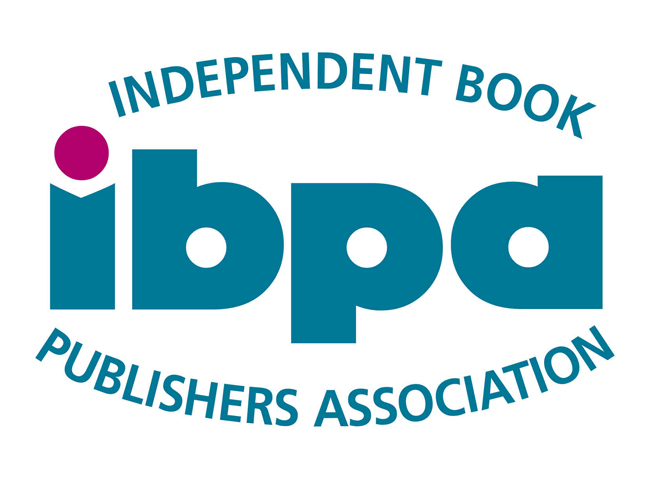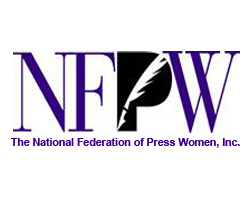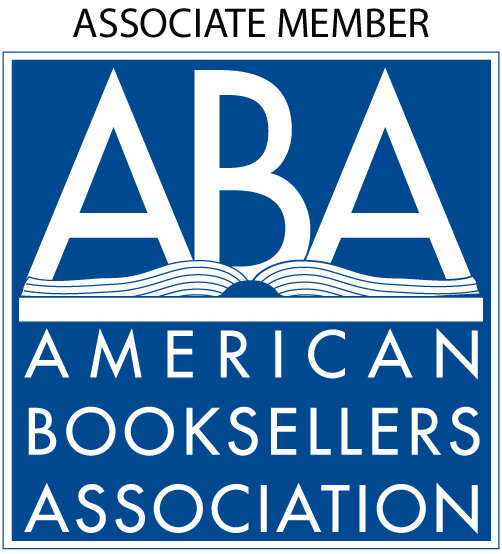Teaching Toolbox: A Digital Classroom
/by Larissa Juliano
More and more teachers and librarians are utilizing digital magazines in their classrooms, including me! Let’s explore all the different ways you can make the most out of each issue of Story Monsters Ink! Be sure to head to your library and do a “book hunt” after learning about your students’ favorite authors, newly released books in the Book Reviews section, and dozens of books and authors featured across the colorful pages of each and every issue. Most have active links so you can hover your mouse over the text and you will quickly see what links are available to you.
When I open a new issue or look through a back issue, my first stop is the table of contents to see which articles and books are being featured, and how I can incorporate them into my class:
Do an author study
Every issue will have someone for you and your students to meet. Jeff Kinney, Sandra Boynton, James Patterson, Lauren Child, Tomie DePaola, Kate DiCamillo, and so many others have all graced the covers. Choose one to research further and follow along in their writing journey, or have your students write the author a letter.
True life inspiration
Real-life heroes with wisdom and insight into life’s challenges (big and small) which will certainly motivate and personally connect with readers.
Fresh ideas for tweens
Ann M. Martin’s Babysitters Club is featured on the August 2018 issue and will surely generate interest for a whole new generation of Kristy, Mary Ann, Stacey, and Dawn followers. Stars like Kelly Clarkson, Ruby Jay, Danica McKellar, and more can be real role models for girls learning to find their voice and navigate through the complexities and challenges of middle school relationships and academics.
Classroom projection devices
Bring up your magazine on your Smartboard, Prometheum, or other computer/projector device and ask questions for children to come up and click, or circle with computer pens, to get them moving and interacting! There are extra fun and interactive pages to bring up on your projection device, such as the reading guide, book reviews, author websites after reading the article, videos, and movie reviews. With so many districts using computer projection technology, many classrooms will have the ability to project this literary resource for all students to see!
Nonfiction scavenger hunt
Focus in on the magazine for a high-interest resource to begin a nonfiction feature scavenger hunt (prep ahead of time). Explicitly teach what nonfiction text features are (they are to nonfiction what story elements are to fiction!) and what purpose each one serves (this can be open-ended!) Text feature examples: captions, table of contents, headings, photographs, quotation marks, bold words, graphs, charts, glossary, index, and more.
Bonus things to ask children/tweens/teens as you flip through the magazine…
*What genre of books are featured in this section?
*What is the theme of this author’s work? What is their inspiration? Find out if the author Skypes and set up a visit with your class! I have done this multiple times in my school district and in my graduate studies! Same with real-life heroes!
*Follow Story Monsters’ social media pages to stay up-to-date of upcoming articles and writing contests
Explore the Monster’s website
The Story Monsters team is constantly updating their site with so many features and tools for teachers/students to access on their own. Teaching guides are available as PDFs to go along with each issue. Questions in the teaching guide can be modified depending on the child’s age—use your teaching experience and love of literature to make Story Monsters come alive in the hands of your students!
Feeling nostalgic
When Mister Roger’s and Levar Burton’s familiar faces pop up on your screen, take that opportunity to share some of their magical and inspirational shows, find books about friendship and kindness, and even act out some puppet shows!
Student writers
One of my favorite links on the website is “Student Writers Wanted” which gives our readers monthly opportunities to feature their own writing pieces—book reviews, articles, essays, poems, and drawings! This would be a dream come true for me as a middle schooler in love with writing!
Share with us!
Send us pictures or comments of how your classroom and children are using the digital version of Story Monsters Ink! Email or go on Facebook @StoryMonsters and tag us or Twitter and use the hashtag #teachingtoolbox. We would love to feature them in future Teaching Toolbox columns and/or Story Monsters social media! Let’s learn and grow together with this literary resource at our fingertips!
Download our helpful classroom questions for teachers to use as a supplement when reading interviews and articles about their students’ favorite authors.











